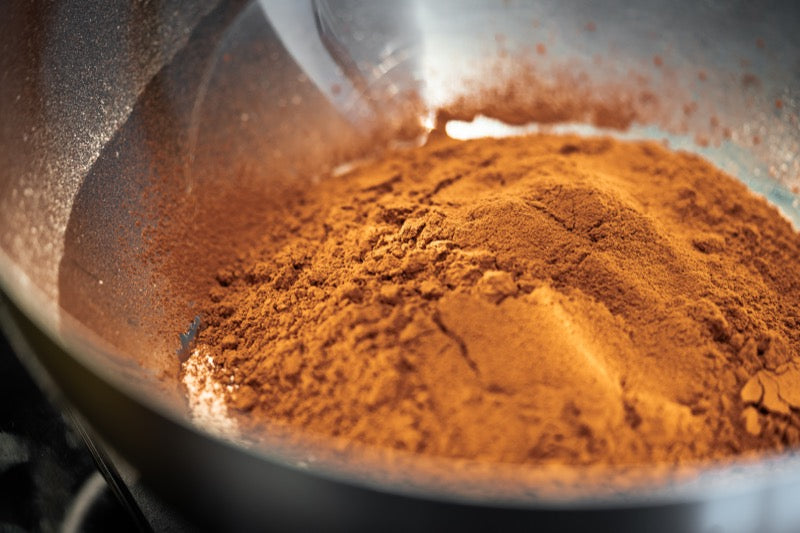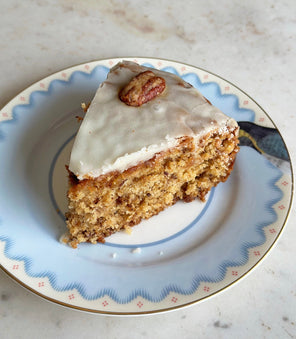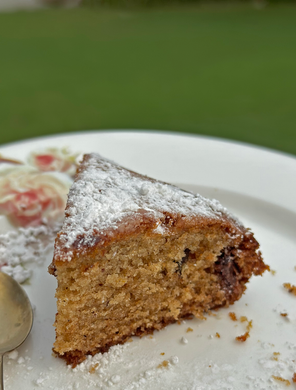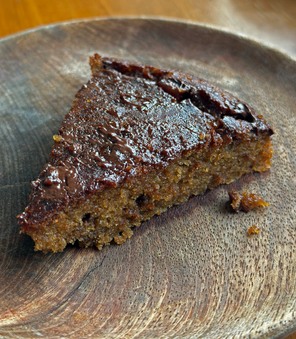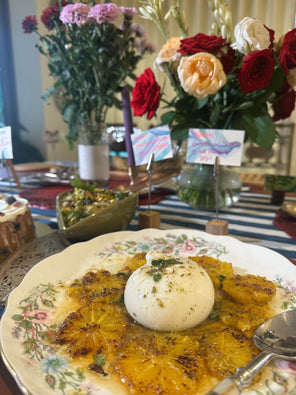An integral part of baking is working with cocoa powder. Anything that requires chocolate flavouring entails at least a couple of tablespoons of cocoa powder. But there is a lot of confusion here. Let’s lay out all the details, a bit of science and technique today.
Here’s the breakdown:
How is cocoa powder made:
Cacao beans are picked, fermented, dried, roasted and cracked. The nibs are ground in into a chocolate liquor or cocoa mass. This liquor is then pressed in a machine and for cocoa butter. Once the cocoa powder is pressed out, the remaining paste is cocoa powder. The hard disk of cocoa is ground into powder – the unsweetened cocoa powder.
Most cocoa powder is 20-22% fat, which is why it is considered low fat.
TYPES OF COCOA POWDER:
Unsweetened natural cocoa powder:
Natural cocoa powder is made from cacao beans that are roasted and then pulverized into a fine powder.
Natural cocoa powder is usually paired with baking soda (soda bicarbonate) which is alkaline to balance the acidity in the cocoa powder. This reaction of the two causes the batter to rise in the oven.
This one tastes bitter and gives a deep and intense chocolate flavour.
Dutch processed cocoa powder:
Is powder from cacao beans that are washed with a potassium solution to neutralize the acidity. The process of neutralizing the acidity also darkens the colour of the powder and mellows the flavour of the beans.
Dutch-process cocoa powder is usually paired with baking powder for rising the baked item. Dutch processed cocoa powder does not react with baking soda.
It has a milder flavour, easily dissolves in liquid and lighter in colour (redish-brown)
Black cocoa powder:
This is cocoa is ‘dutched’ even more which darkens the colour of the cocoa powder to black-ish shade. This black cocoa is what is used in Oreo cookies. Black cocoa powder is usually used in joint with another kind of cocoa powder.
Note:
all recipes at kitchentherapy.in use unsweetened natural cocoa powder
please note, ground chocolate or drinking chocolate powder is not a substitute for cocoa powder in baking.
I strictly use Hershey’s unsweetened natural cocoa powder in all recipes
Baking with Cocoa Powder
Dryness: Cocoa powder has a tendency to dry out the batter in the oven. Which is why you will notice most cocoa powder-based recipes call for an additional egg yolk, yoghurt, oil and other high fat ingredients to balance it out.
Most recipes as to sift the cocoa powder with flour as cocoa powder is very fine and tends to clump up fast and not mix well.
Where there is a liquid portion in the recipe, they may ask you to ‘bloom’ the cocoa powder in hot boiling water or hot coffee – this helps bring out the full flavour of the chocolate.
When baking with cocoa powder for a chocolate cake or brownie, you can choose to dust the pan with cocoa powder instead of flour – making this a gluten free option
Cocoa powder can be stored at room temperature in a cool dark place for up to 3 years from date of manufacturing.
Substitution
It is not recommended to substitute one with another unless you are sure of how to adjust the other ingredients such as baking soda or powder. Simply put: natural unsweetened cocoa powder may not adjust / react as well with baking powder, whereas the Dutch cocoa powder will not need baking soda.


